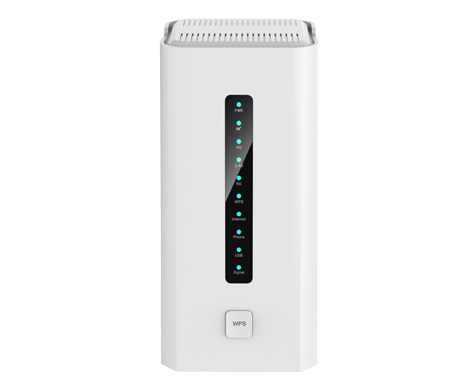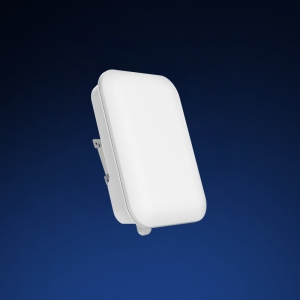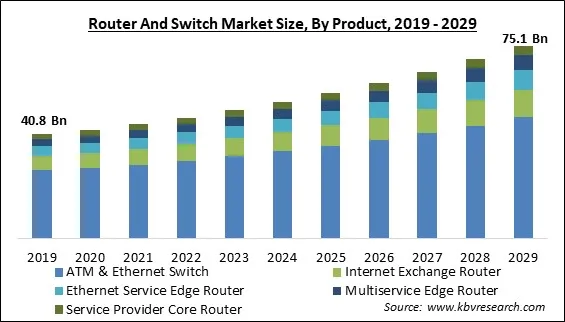Welcome to the future of connectivity – where lightning-fast speeds and seamless communication are no longer just a dream. With the advent of 5G technology, we are entering an era where devices can communicate at unprecedented rates, revolutionizing how we live, work, and play. This blog post will explore two critical players in the 5G landscape: the 5G CPE and the 5G cellular router. Let’s dive in to uncover their differences and discover which one may be best suited for your needs.
What is a 5G CPE?
5G CPE, or 5G Customer Premises Equipment, is a device that enables users to access high-speed internet connectivity through 5G networks. It bridges the user’s devices and the 5G network, allowing faster data transmission and low latency.
This innovative technology brings faster download and upload speeds, enhancing the overall user experience in activities like streaming, gaming, video conferencing, and more. With its advanced capabilities, 5G CPEs are becoming increasingly popular in homes and businesses seeking reliable internet connections for their day-to-day operations.
By leveraging the power of 5G technology, CPE devices offer improved network performance compared to traditional broadband connections. They provide seamless connectivity across multiple devices within a designated area, supporting various applications with higher efficiency.
How Does a 5G CPE Work?
A 5G CPE, short for 5G Customer Premises Equipment, operates as a gateway device that connects to the 5G network. It receives the 5G signal from the nearest cell tower and converts it into a Wi-Fi or Ethernet connection for devices within its range.
Once connected to the 5G network, the CPE acts as a bridge between your devices and the high-speed internet of 5G technology. Optimizing data transmission between your gadgets and the network ensures stable and fast connectivity.
A 5G CPE maximizes signal strength and coverage within your premises by utilizing advanced antennas and signal processing technologies. This allows seamless streaming, gaming, video conferencing, and other bandwidth-intensive activities without interruptions.
Understanding how a 5G CPE works is essential for harnessing the full potential of this cutting-edge technology in transforming your digital experience at home or in office settings.
Advantages of Using a 5G CPE
Are you looking to enhance your internet connectivity with lightning-fast speeds? A 5G CPE (Customer Premises Equipment) might be your perfect solution. One of the key advantages of using a 5G CPE is its ability to provide ultra-fast internet access, allowing you to stream high-definition content and engage in online gaming and video conferences without any lag.
Additionally, a 5G CPE offers improved network reliability and stability compared to traditional wired connections. This means fewer disruptions during your online activities and a more seamless browsing experience overall. Furthermore, with a 5G CPE, you can enjoy greater flexibility in placement within your home or office space, as it doesn’t require physical cables for connectivity.
Moreover, a 5G CPE typically comes with easy installation processes and user-friendly interfaces, making it accessible for individuals without technical expertise. With its advanced technology and convenience features, a 5G CPE is undoubtedly an excellent choice for those seeking top-notch internet performance.
What is a 5G Cellular Router?
Are you looking to stay connected with high-speed internet on the go? A 5G cellular router might be the solution for you.
A 5G cellular router is a device that uses 5G technology to provide internet connectivity by creating a Wi-Fi network using a cellular data connection. It allows multiple devices to connect to the internet simultaneously, making it ideal for homes, offices, or even remote locations where traditional wired connections are not feasible.
These routers typically have built-in SIM card slots, allowing them to access 5G networks and deliver fast and reliable internet speeds. They are portable and easy to set up, making them convenient for users with flexibility in their internet connectivity options.
With a 5G cellular router, you can enjoy seamless streaming, gaming, video conferencing, and more without worrying about slow or unreliable connections. Whether traveling or working from home, a 5G cellular router can keep you connected wherever you go.
How Does a 5G Cellular Router Work?
A 5G cellular router works by receiving a 5G signal from the network tower and then distributing it as a Wi-Fi connection to multiple devices within its range. This allows users to access high-speed internet on their smartphones, laptops, and other gadgets without needing individual 5G modems for each device.
The router bridges the cellular and local area networks in your home or office, providing seamless connectivity throughout the premises. It uses advanced technology to ensure stable connections and fast data transfer speeds, making it ideal for bandwidth-intensive tasks like streaming HD videos or online gaming.
By leveraging the power of 5G technology, cellular routers offer faster speeds, lower latency, and increased capacity compared to traditional routers. This enables users to enjoy smooth online experiences with minimal interruptions, even in crowded areas where network congestion is expected.
Advantages of Using a 5G Cellular Router
Are you looking to enhance your connectivity with the latest technology? A 5G cellular router is what you need. One of the key advantages of using a 5G cellular router is its high-speed internet connection, allowing for seamless streaming, gaming, and video conferencing without interruptions.
Another benefit is the increased reliability and stability of the network. With a 5G cellular router, you can enjoy consistent internet access even in remote areas or during peak hours when network congestion is expected. This makes it ideal for both personal and business use.
Additionally, a 5G cellular router offers improved security features to protect your data and privacy while browsing online. Knowing that your information is safeguarded against cyber threats can give you peace of mind.
Furthermore, these routers are portable and easy to set up, making them convenient for constantly moving users or those who require flexibility in their networking solutions. Say goodbye to complicated installations and hello to hassle-free connectivity with a 5G cellular router!
Comparison between 5G CPE and 5G Cellular Router
When comparing 5G CPE and 5G cellular routers, it’s essential to consider your specific needs and use cases.
If you require a stationary solution for high-speed internet at home or in a small office, a 5G CPE may be ideal due to its higher data capacity and better indoor performance. On the other hand, if you need mobile connectivity while on the go or in larger outdoor areas, a 5G cellular router could provide the flexibility and coverage you need.
Both devices offer fast speeds, low latency, and improved network reliability compared to previous generations of wireless technology. The decision between a 5G CPE and a 5G cellular router will depend on mobility requirements, location limitations, budget constraints, and desired features.
Whatever option you choose, upgrading to 5G technology can significantly enhance your connectivity experience, providing faster speeds and more reliable connections for all your digital activities.
Router and Switch Market Size by product 2019-2029
The Router and Switch Market Size by product 2019-2029 has witnessed a remarkable evolution, driven by the exponential growth of internet traffic and the increasing demand for seamless connectivity. As we delve into this dynamic sector, routers have become pivotal devices facilitating efficient data transmission across networks.
At the same time, switches are essential in directing traffic within local area networks. In recent years, technological advancements have introduced intelligent routers and high-performance switches equipped with features such as QoS (Quality of Service) management and enhanced security protocols. This alignment with modern consumer needs—such as remote working arrangements and increased streaming services—has significantly influenced market trajectories.
Moreover, industries spanning healthcare to education are integrating sophisticated networking solutions, further fueling the growth trajectory within this sector over the coming decade. By carefully analyzing trends based on product categories like core switches versus edge switches or wired versus wireless routers, stakeholders can better strategize for an increasingly competitive landscape characterized by innovation-driven development.






